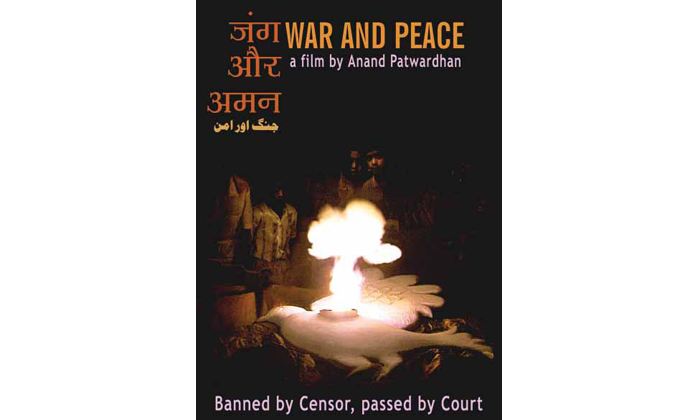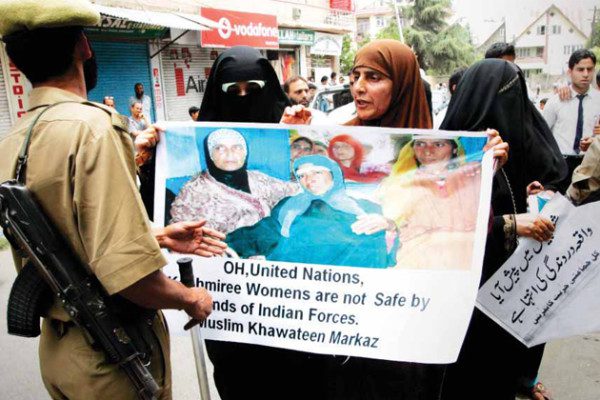Film: War and Peace (2002)
Director: Anand Patwardhan
Country: India
Asma Jahangir, in an interview with Amitav Ghosh (for a long essay which later became the bookCountdown) says, “…But the same people who distributed sweets in India and Pakistan (at the time of the nuclear tests) are the people who would come out and riot if they saw an economic crunch. Look at the education of our people in terms of what a nuclear bomb is. If we knew what a nuclear bomb was we wouldn’t have people on the road distributing sweetmeats…. They think it’s a kite flying contest, like an Indian-Pakistan bokaata. To take that kind of extreme public opinion (into account) in deciding the life of a nation, is not wise leadership.”
As protests around the Koodankulam nuclear power plant gain momentum and the State employs its usual repressive tactics — from unprovoked firing at unarmed protestors to invoking the foreign NGO and Maoist genie— to thwart any dissent, the discourse on nuclear power takes a backseat somewhat. It’s not just about the displacement of thousands of villagers, fishing communities or loss of livelihoods or the deaths of millions. It’s not just about the way the government has consistently avoided full disclosure of environmental impact assessment and safety analysis reports. It is also not just about the cost benefit analysis of civilian nuclear energy or nuclear energy that may also be used for covert military fuelling. It is all of this. But most importantly it is about how nuclear energy becomes the official stamp for a nation’s arrival on the international firmament, about how it is anesthesia to a nation’s dismal human development indices. To that end, the little electricity that the nuclear plants will generate at huge costs is merely incidental. Being cited as the nuclear power is the primary concern.
That a film can be a damning indictment of such chauvinism is why Cinemoi recommends Anand Patwardhan’s feature length documentary, War and Peace. Divided into 6 chapters, it explores the various dimensions to nuclear power, through the lens of subcontinental history. His camera travels from the streets of Bombay to Lahore Grammar school; from Hiroshima and Nagasaki to a war museum in the United States; from a Dalit meeting to the drawing room of Raja Ramanna, the ‘father’ of the first nuclear blast in India in 1974; from a meeting of babas felicitating APJ Abdul Kalam, the architect of Pokharan II to the village nearest to Pokharan, Khetolai, where the number of cancer patients has been on the rise. The film weaves in religious fundamentalism, mass hysteria, caste politics, communities, their ways of living and ecology to present a multi-layered text that lends itself to repeated viewings. Yet, Anand’s keen eye for wry humour in the stories he narrates, ensures his film is not burdened by complex themes.
Sample – Raja Ramanna recounts how a cow came rushing towards the wires while the the first Pokharan blast was about to take place. Now, had the cow tripped on the wires and the bomb blew off killing it, that wouldn’t bode well for the experiment. Aren’t cows worshipped by Hindus? Yet, miraculously the cow jumped over the wire and the blasts took off successfully. So did we explode a Hindu bomb? If so, then why is it referred to as the smiling Buddha?
As the nation tries to win the big ticket to security high tables while imposing embargoes on food festivals in universities (are they still the melting pots of culture?), on doodles and tightens the belt on poverty lines and food security, War and Peace becomes a document charting out an unheard narrative. A must on your dvd rack.


